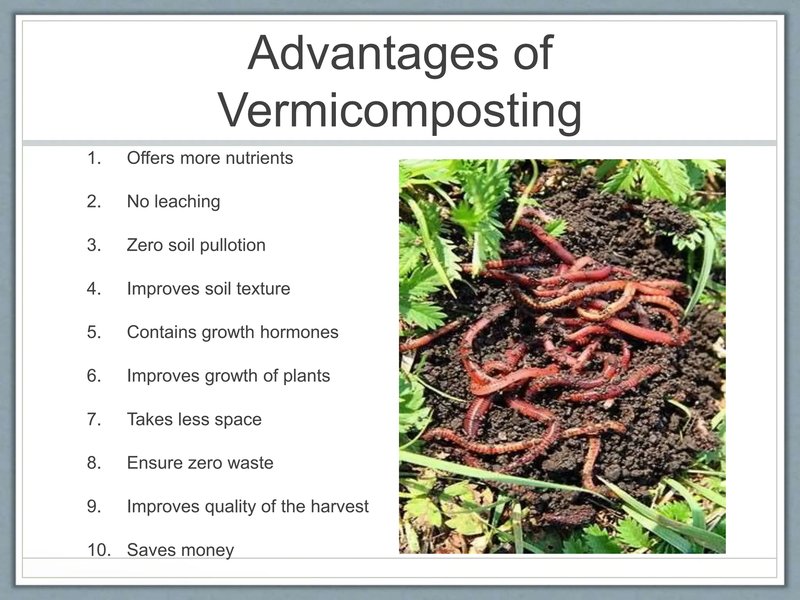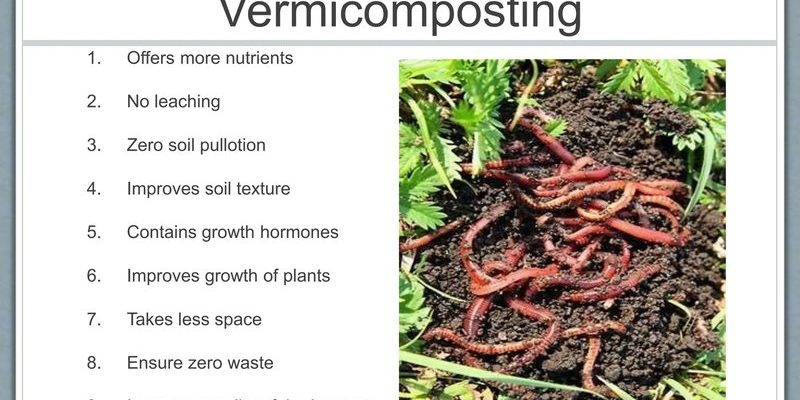
Vermicomposting is not just a simple waste management technique; it’s a fantastic way to help the environment while giving your plants a nutrient boost. Earthworms, particularly the red wigglers (Eisenia fetida), are the stars of this show. They help break down food scraps, newspaper, and other organic material, making them easier for plants to absorb. If you’re interested in gardening, composting, or simply reducing waste, understanding these little creatures and their role can be incredibly valuable.
What is Vermicomposting?
Vermicomposting is a process that uses worms to break down organic waste. Think of it as nature’s recycling system, where you turn your kitchen scraps into rich compost. Unlike traditional composting, which can take months, vermicomposting is faster thanks to the wriggling wonders of earthworms. These little guys consume organic waste and produce castings, which are like a nutritional treasure for your plants.
The beauty of vermicomposting is the simplicity. You can set up a system in small spaces, like your kitchen or balcony, using a worm bin. This bin becomes a cozy home for your worms, allowing them to thrive while they turn your waste into compost. You don’t need to be an expert gardener to start; just a willingness to give it a try!
Why Earthworms are Essential for Vermicomposting
Earthworms play a crucial role in the **vermicomposting** process. When they consume organic material, they don’t just eat it; they break it down into smaller particles. This process is vital because it increases the surface area of the compost, making it easier for microbes to further digest the material. The end result is nutrient-dense compost that’s ready for your garden.
These worms don’t just produce compost. They also aerate the soil by burrowing through it, allowing air and water to reach plant roots. Their movements create channels in the soil, which can help prevent waterlogging and improve drainage. Essentially, earthworms are nature’s tillers, enhancing soil health in ways that even the best fertilizers can’t match.
Setting Up Your Vermicomposting System
If you’re ready to dive into vermicomposting, setting up your system is easier than you think. Start with a container—a plastic bin or wooden box works well. Make sure it has good drainage holes and some ventilation to keep your worms happy. Fill the bin with bedding material like shredded newspaper or cardboard. This is like a cozy home for your worms.
Once your bedding is ready, it’s time to add the earthworms. The red wigglers are your best bet, as they thrive in compost environments. You can usually find them at garden centers or online. After adding the worms, moisten the bedding slightly, but don’t drown them! Now, you’re ready to start adding food scraps like vegetable peels, coffee grounds, and eggshells. Just remember: no meat, dairy, or oily foods, as these can attract pests and create odors.
Caring for Your Worms
Keeping your earthworms happy is key to a successful vermicomposting system. They need a balanced diet, just like we do! To avoid overloading them with food, add small amounts at a time. You’ll know it’s time to feed them again when the previous scraps are nearly gone.
Temperature is also crucial. Earthworms prefer a cozy environment between 55°F and 77°F. If it gets too hot or too cold, they may become inactive or even die. Keeping your bin in a shaded area is wise during warmer months. And don’t forget about moisture! If your bin feels too dry, add a bit of water; if it’s too wet, add more bedding to soak up the excess.
The Benefits of Vermicomposting
The benefits of vermicomposting are vast, making it an appealing choice for waste reduction and gardening. First, it significantly cuts down on landfill waste. Instead of tossing out food scraps and paper, you convert them into valuable compost, which can enrich your soil.
Furthermore, vermicompost is full of essential nutrients like nitrogen, phosphorus, and potassium, making it an excellent natural fertilizer. This means healthier plants, more robust growth, and even improved yields in your garden. Plus, vermicomposting can help suppress plant diseases and pests naturally, reducing the need for chemical interventions.
Common Challenges in Vermicomposting
Even though vermicomposting is generally straightforward, you might encounter some hiccups along the way. One common issue is odors. A smelly bin usually indicates that you’re feeding your worms too much or including the wrong types of food. If your bin starts to smell, check the food quantity and adjust accordingly.
Another challenge is pests. Flies or insects can invade your bin if it’s not maintained properly. The best way to prevent pests is to ensure your bin is sealed appropriately and that you’re not adding any unsuitable food items. Also, keep an eye on moisture levels; too much moisture can attract unwanted visitors.
Harvesting Your Vermicompost
After a few months of nurturing your worms, you’ll be ready to harvest your vermicompost. It’s like unearthing a hidden treasure! To do this, stop feeding your worms for a week or so. This way, they’ll eat through most of the scraps, making it easier to separate them from the compost.
Once they’re done munching, you can move the compost to one side of the bin and add fresh bedding to the other. Most of the worms will migrate to the new bedding for food, allowing you to scoop out the rich compost on the empty side. This finished product can be sprinkled on your garden, mixed into potting soil, or used as a top dressing for potted plants.
In conclusion, vermicomposting is not just about reducing waste; it’s about creating a sustainable cycle of nutrition for your plants and helping the environment. By understanding the role of earthworms and how to maintain a worm bin, you can become a part of this eco-friendly solution. So grab some worms, start composting, and watch your garden thrive!

